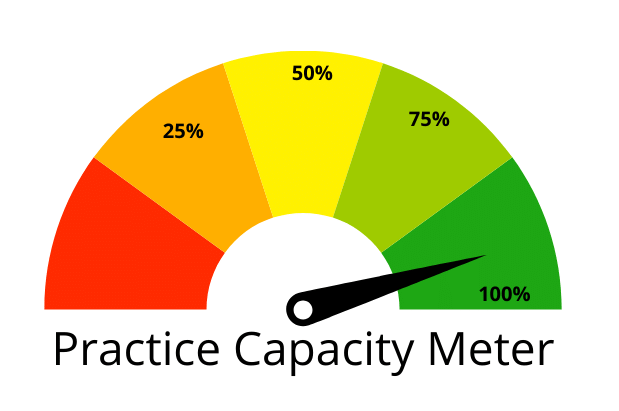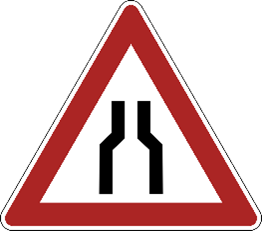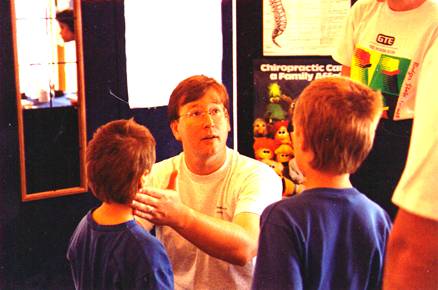
It was in the 80s at a Parker Seminar, which was in Reno that year, that I first heard the term.
In the opening session, Dr. Jimmy Parker talked about PTC. I was attending as a guest with a chiropractor who introduced me to chiropractic. What an introduction!
Dr. Parker explained that PTC stood for Present Time Consciousness. (Parker had quite a few of these abbreviations!) He explained that a doctor could deliver a much better adjustment if their attention on the patient were in the present time, not thinking about past issues or on future concerns.
I have come to learn that this is a vital but easily overlooked skill.
You can tell when someone is 100% paying attention to you, or maybe not quite, or maybe not at all. And this makes all the difference in the patient’s trust in you, how long they stay with you, and whether they refer others to you.
But maintaining PTC can be challenging in a high-volume chiropractic office or any health office. How many thousands of adjustments does it take until all patients start blending into to one?
A doctor who worked with Clarence Gonstead told me about one evening when he was shadowing Dr. Gonstead. It was around 9 p.m., and the reception/waiting room was full. The doctor said to me that he exclaimed to Dr. Gonstead that his waiting room was still filled with patients. He said that Dr. Gonstead turned to him in the hallway before they went in with the next patient and said, emphatically, “No. I only have one patient, and that is the one I am with now.”
That sounds like he was present with each patient, and perhaps that is at least one reason he was so successful as a chiropractor.
I have seen more than a few techniques, or hacks, that help keep doctors, and support staff, in the present with each patient. For example
- Completing the visit. Some doctors soundly end each visit, often confidently saying, “That was a good adjustment, and I am satisfied.” Ending one visit before starting the next visit creates a micro-break, a little space between visits.
- Break up the day. Different approaches to breaking up the day seem effective. For example, busy offices usually have varied but ritualized lunch breaks. These might include such activities as weight training or exercise, marketing, team workshops, lunch with the spouse, guitar practice, you name it. Mid-morning and mid-afternoon 5-minute breaks can also be helpful. (Stay away from social media!)
- Remove distractions. You want to remove distractions that can pull your attention to future challenges or past mix-ups. Pre-shift and short weekly meetings can be helpful in this regard by sorting out administrative issues so that you are free to focus on patients – in the present.
- Cricket clicker! I remember one doctor telling me that he used a steel clicker, a “cricket clicker.” He would click the clicker just before the next patient visit, which would help him mentally begin the next visit. (Whatever works!)
I suspect that this is a high-level technique. One for the masters. It can’t be canned. Perhaps it is beyond technique. When accomplished, when you are totally present, the patient innately feels that you are there for them and them alone, and this perhaps speeds their recovery.
I would be interested to know how you maintain Present Time Consciousness. You can add your thoughts here on our blog.
Staying engaged in the present for a better future!
Ed
The power for creating a better future is contained in the present moment:
You create a good future by creating a good present. (Eckhart Tolle)









 “No company, small or large, can win over the long run without energized employees who believe in the mission and understand how to achieve it.”
“No company, small or large, can win over the long run without energized employees who believe in the mission and understand how to achieve it.”








 Here in the United States, July 4th is a date we celebrate each year, commemorating the independence as colonies from Great Britain.
Here in the United States, July 4th is a date we celebrate each year, commemorating the independence as colonies from Great Britain. Used to be a popular TV program called Cheers back in the 80’s. It was modeled after a bar in Boston with the same name. As a situational comedy, Cheers presented a familiar group of customers who came to the bar to have a drink, but also to relax, socialize, and have good cheer.
Used to be a popular TV program called Cheers back in the 80’s. It was modeled after a bar in Boston with the same name. As a situational comedy, Cheers presented a familiar group of customers who came to the bar to have a drink, but also to relax, socialize, and have good cheer.

 Action Step: Regularly review the mission for everyone’s job, including your own, with the outcomes it needs to produce. Keep higher-level and lower-level goals connected.
Action Step: Regularly review the mission for everyone’s job, including your own, with the outcomes it needs to produce. Keep higher-level and lower-level goals connected.